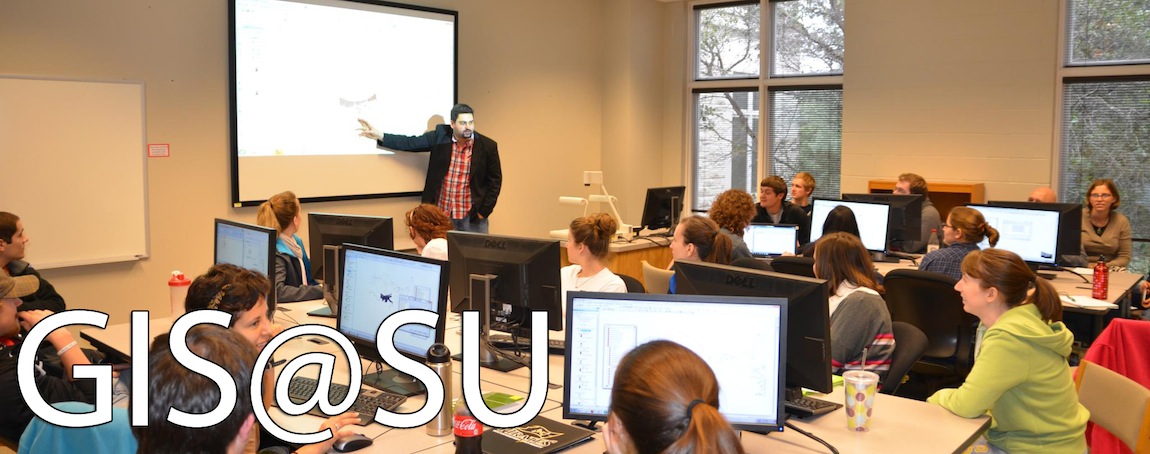Cathy
Aniello, Ken Morgan, Arthur Busbey, and Leo Newland used LANDSAT TM and GIS to
map micro-urban heat islands in Dallas, Tx. Specifically, the researchers
looked at the White Rock Lake area which has diverse land cover including
impervious cover, bare soil, grass, trees, and apartment buildings. Micro urban
heat islands are different than heat islands. Heat islands are areas
generalized as having higher temperatures than the surrounding rural areas.
Micro urban heat islands (MUHI) are hot-spots within the city urban heat
island. These researchers believed that increased tree cover would offset the
effects of these MUHIs. They looked at satellite temperature readings from LANDSAT
TM and found that areas with trees were not only cooler, but had a radiative
cooling effect that extended well beyond the tree canopy. They found that the
MUHIs also had a radiative heat effect. Interestingly, older apartments and
housing areas were significantly cooler than newer ones due to their increased
tree cover. The hottest areas in White Rock Lake were land uses associated with
impervious cover such as a warehouse district, asphalt parking lots and roads,
and the new apartment complexes on the West side of the lake. Big areas of bare
soil and grass around the lake were also hot spots. The coolest areas were
those with the most tree cover such as the heavily forested area to the North
of the lake and the older apartments and residential areas and White Rock Lake.
This data reinforces the idea that increased tree cover leads to cooling of surrounding
areas and could be used to combat the heat island effect. The MUHIs are an
average of 5 to 11 degrees Celsius warmer than their surroundings. Increasing tree cover in urban areas would not only help
reduce temperatures but would also help sequester more carbon emissions and other
pollutants (which are abundant in urban settings), help prevent runoff and soil
erosion, as well as create visually pleasing green spaces.
Aniello, C., Morgan, K., Busbey, A., & Newland, L. (1995). Mapping micro-urban heat islands using Landsat TM and a GIS. Computers & Geosciences,21(8), 965-969.







